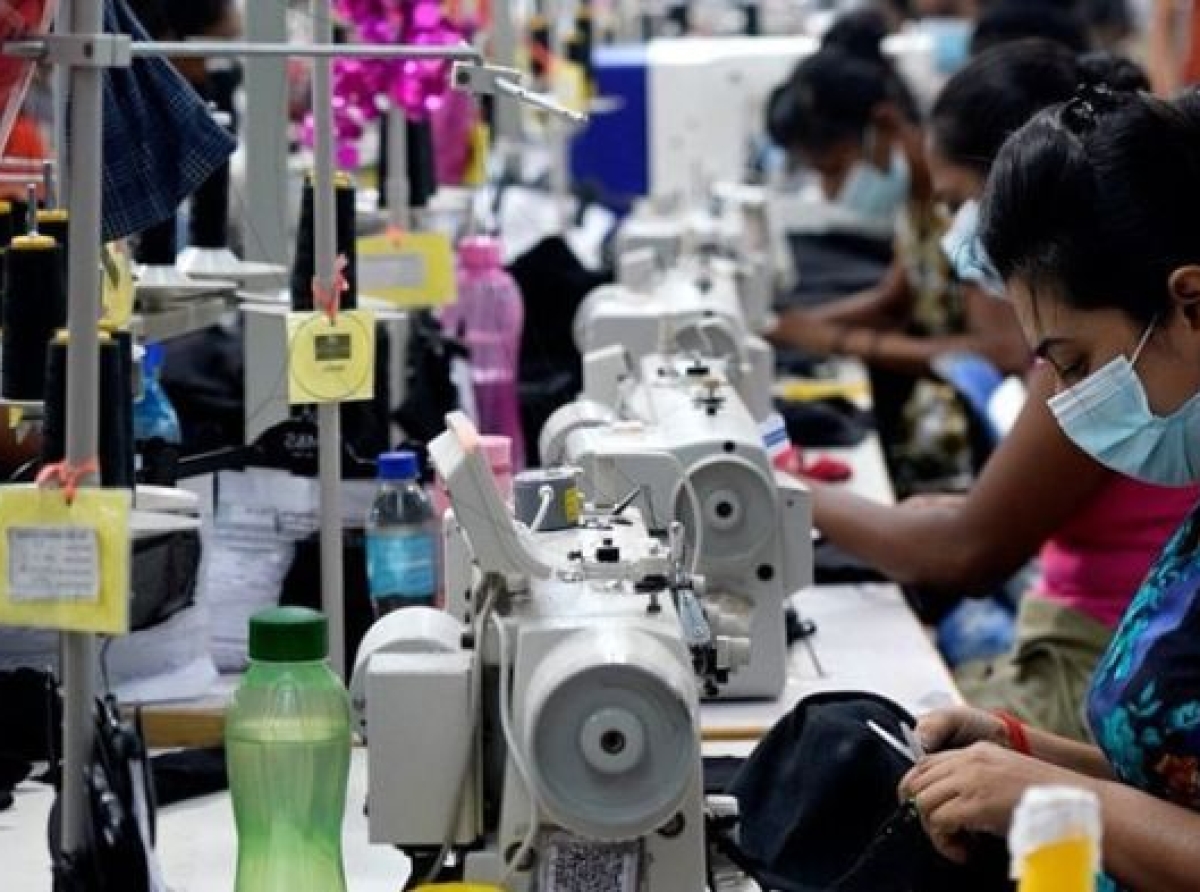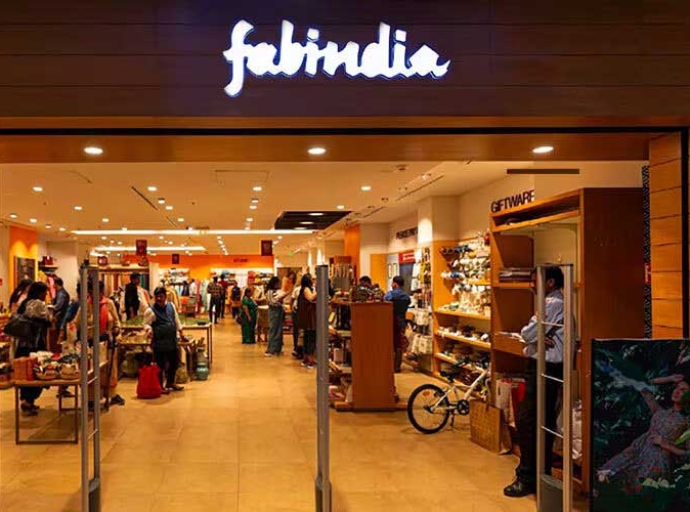11 November 2022, Mumbai:
Ranjith Koralage, the CEO of Kolonna Manufacturing, recently told the BBC that his facility, which produces clothing for Levi's, Puma, and Victoria's Secret, is one of many that is having trouble meeting its production goals because of fuel shortages, power outages, and escalating expenses. We managed to survive today, but I'm not sure how we'll fare tomorrow, he remarked.
Cog in the wheel
Sri Lanka's economy depends heavily on the production of clothing, which accounts for about 44.0% of exports and 33.0% of manufacturing jobs.
As a sweeping statement the case can be built that Apparel/Clothing Industry is the second most significant source of foreign currency income for Sri Lanka's economy so much so that Sri Lanka is an integral part of many companies 'Manufacturing Strategies' including for several European market swimwear brands, one location stands out, with no ugly surprise, in particular, is "Sri Lanka".
Rebound of economy
The good bit is that following the pandemic's toll, the industry had only just rebounded, achieving a value of $5.42 billion thanks to a 22.93 percent year-over-year increase in fashion exports in 2021, according to preliminary data made available by the Sri Lanka Export Development Board (SLEDB).
The pandemic severely affected Sri Lanka's garment industry in 2018, with exports falling across all top 10 categories by an average of 79.7% year over year in April. Exports of clothing have increased since these lows, nevertheless. Compared to a negative 29.4% growth in January-July 2020, these 10 categories' exports grew by an average of 25.5% in January-July 2021.
Apparel exports bucket
Innerwear dominates Sri Lanka's garment exports, accounting for 27.9% of the total. It is followed by trousers and shorts (21.7%), t-shirts (9.7%), shirts (8.9%), and accessories (6.9%), which make up the top five categories.
From January to July 2020, shipments of jerseys experienced the steepest loss (52.0%), followed by those of shirts (43.8%) and innerwear (36.0%). Sri Lankan garment factories began producing again for its significant markets as soon as global demand picked up. While COVID-19-related restrictions were the primary cause of the initial decrease in its apparel exports, the continued decline in the latter part of last year was also caused by its garment factories switching to the manufacturing and export of PPE suits. Because of this, even in the previous months of 2020, when other categories began to improve, exports of shirts, dresses, jackets, and blazers continued to decline year over year.
According to the YTD statistics, these three groups have likewise experienced the slowest recovery this year. More importantly, exports of shirts and dresses have decreased much more than they did the previous year. This development results from two factors: 1 a shift in Sri Lankan exports to producing high-demand alternatives reduced demand for products like shirts and dresses globally. Both of these elements seem to be present in this situation.
Global shirt exports of more than 90 reporting nations and Sri Lankan exports. The worldwide exports' six-month moving average has only slightly increased this year. Global exports barely recovered by 9.0% for the same time this year, compared to a minus 31.8% growth in Jan.-Jun. 2020. Less than 2% of the world's shirts are exported from Sri Lanka, a tiny portion of all exports. Sri Lankan exports for these product categories would only gradually increase due to the prolonged recovery in categories like shirts heralding the red-lettered day.
Srilanka-Offers competitive advantages in lingerie manufacturing On the other hand, the swift recovery in the market for innerwear and personal hygiene goods worldwide has also been reflected in Sri Lanka's improving innerwear exports. Global shipments of innerwear decreased by 25.7% year over year from January to June 2020, but they quickly rebounded and surpassed 2020 levels by 39.6% from January to June 2021. Innerwear exports from Sri Lanka also made a strong comeback, increasing by 50.5% between January and June 2021 after declining by 38.7% between January and June 2020.
Imponderables; However, Sri Lankan exports have yet to reach their levels from the prior year. Despite being the world's second-largest supplier of innerwear, China surpassed Sri Lanka this year in export growth. China's exports of innerwear have increased significantly in value from January to June of 2021 compared to the same period in the previous year. The United States has a significant increase in demand for Chinese goods, followed by Japan and Germany.
Recent initiatives
Sri Lanka recently initiated a dedicated fabric processing zone in its Eastern Province, which conforms to high standards of environmental protection and sustainability. Besides strengthening the supply chain and sustainability measures, this move will also enable the country’s apparel exporters to make greater utilization of preferential tariff schemes, by increasing local value addition.
Then & now
The economic and political crisis in the island nation in the early part of the year affected the export demand diverting to India or elsewhere from Sri Lanka owing to the economic and political crisis in the island nation situation led to Sri Lankans notifying the authorities that they couldn't afford the necessities since their costs had risen beyond their means. In effect it crippled the manufacturing sector in Sri Lanka, resulting in global brands starting to divert some of the orders from Sri Lanka to India's Tirupur textile hub.
Despite the recent challenges faced by the island nation, production volumes of most of the global brands depending on SL for the supply chains have been holding up, and eyeing further expansion of its manufacturing base in Sri Lanka. Not only that some of them have already added/announced additional production lines in recent months on the back of deepening the relationship with the supply partners up & downstream.
JAAF Secretary General, Yohan Lawrence had earlier this year opined emphatically," There is a window of opportunity as brands are trying to derisk their supply chains and it will only help SL being a very resilient supply chain partner playing a seminal role since donkey years. What is unequivocally recognized globally is that the country takes a distinction in this part of the world curated around circuit-breaking policies upholding ambitious future targets ahead of it such as an annual apparel industry export goal of 8 billion USD to be achieved through 2025. As the industry is in the business of taking risks it is quite remarkable that the recent crisis has not dented the confidence of the trade & industry despite of challenges the situation continues to pose/odds, the apparel/garment industry continues to enjoy solid confidence of its buyers on the back of overwhelming inherent resilience".
Latest Publications


































